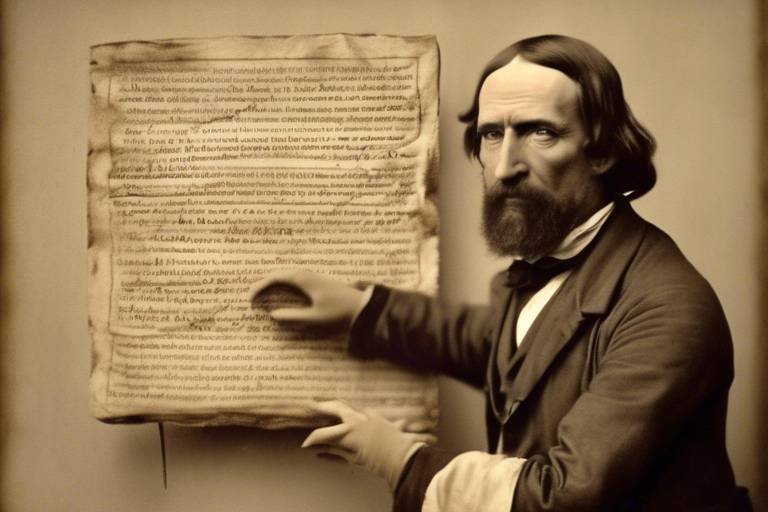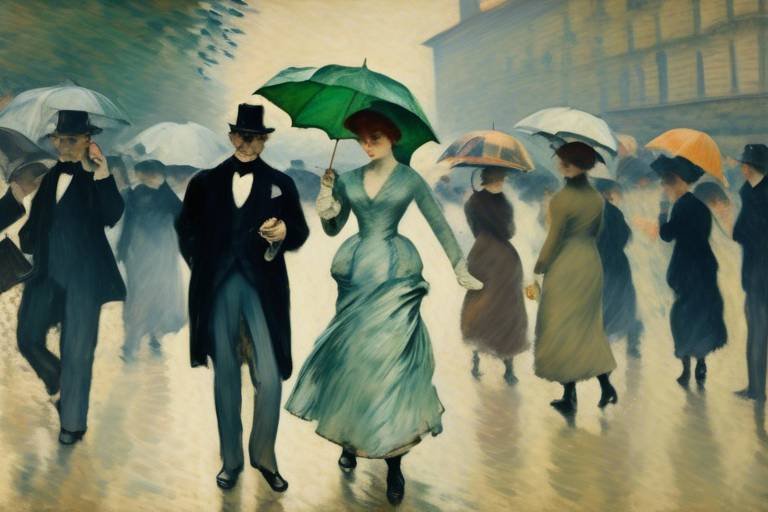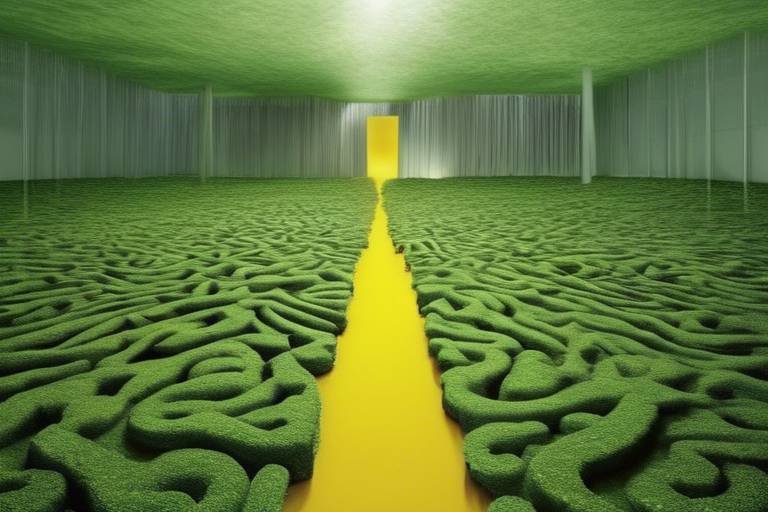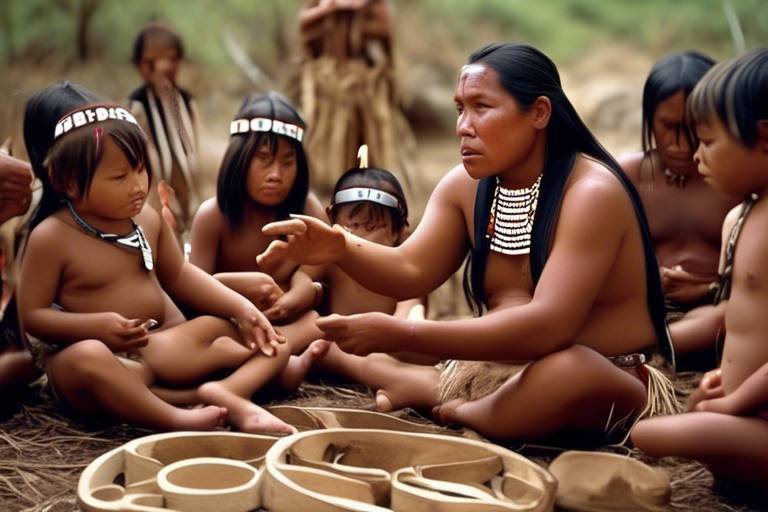The Relationship Between Art and Science in History
Art and science have shared a fascinating relationship throughout history, intertwining in ways that have sparked innovation and creativity across various disciplines. The fusion of artistic expression and scientific inquiry has led to a dynamic interplay that continues to shape our understanding of the world around us.
During the Renaissance period, a remarkable era where art and science flourished hand in hand, visionaries like Leonardo da Vinci epitomized the harmonious blend of artistic creativity and scientific curiosity. Da Vinci's iconic works not only showcased his artistic prowess but also reflected his deep engagement with scientific principles and observations.
The impact of art on technological advancements cannot be overstated. From influencing engineering designs to shaping user interfaces, artistic techniques and aesthetics have played a pivotal role in driving innovation in technology. The marriage of art and science has resulted in the development of products and systems that not only function efficiently but also appeal to our senses.
Art has long been instrumental in visually communicating complex scientific concepts, particularly in the field of medicine. Detailed medical illustrations have played a crucial role in advancing our understanding of the human body, enabling scientists and practitioners to study and communicate intricate anatomical details with precision.
When it comes to architecture and design, artistic creativity has been a driving force behind the creation of architectural marvels and innovative structures. The synergy between artistic vision and scientific precision is evident in the functional and aesthetically pleasing buildings and designs that have stood the test of time.
Artists have often taken on the challenge of representing scientific concepts through their work, bridging the gap between abstract theories and tangible expressions. Through creative interpretations, artists have visually brought to life complex scientific ideas, making them more accessible and engaging to a wider audience.
In modern times, interdisciplinary collaborations between artists and scientists have led to groundbreaking projects that push the boundaries of both fields. These partnerships have resulted in innovative works that combine artistic creativity with scientific rigor, opening up new avenues for exploration and discovery.
The intersection of art and science in the realm of artificial intelligence is a testament to the evolving nature of creativity and innovation. With algorithms being used to generate art, music, and literature, the boundaries between human creativity and machine intelligence are becoming increasingly blurred, raising intriguing questions about the future of creative expression.
Looking ahead, the relationship between art and science is poised to continue evolving, driven by advancements in technology and the growing emphasis on interdisciplinary studies. As new trends emerge and innovative practices take shape, the collaboration between art and science will continue to redefine the boundaries of creativity and knowledge.
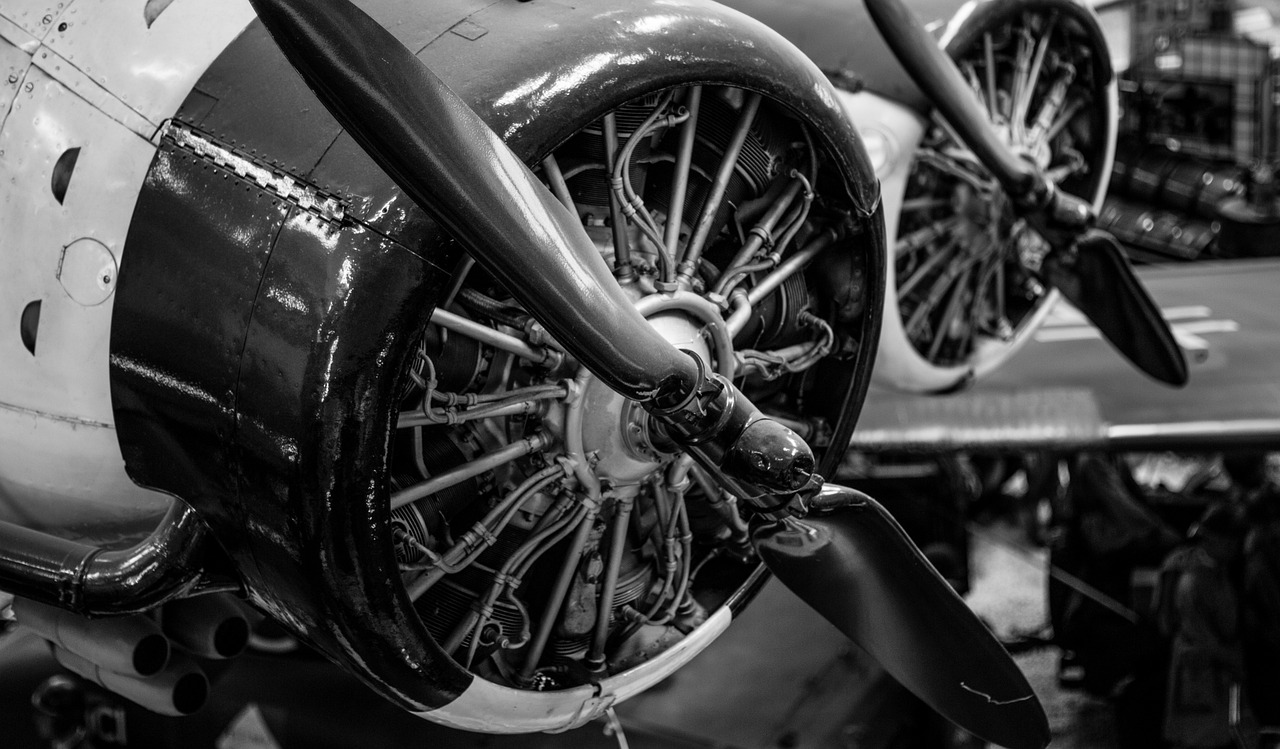
The Renaissance Period
The Renaissance Period was a transformative era in history, characterized by a flourishing of both art and science. It was a time when creativity and intellectual curiosity intersected, giving rise to remarkable innovations and achievements. One of the key figures of this period was Leonardo da Vinci, a polymath who epitomized the fusion of artistic expression and scientific exploration. Da Vinci's works, such as the iconic Vitruvian Man, exemplify the harmonious blend of artistry and scientific precision.
During the Renaissance, artists and scientists collaborated closely, sharing ideas and inspirations that led to groundbreaking discoveries and advancements. The period saw a surge in artistic techniques and scientific knowledge, with disciplines like anatomy, mathematics, and engineering intertwining in ways never seen before. This cross-pollination of ideas fueled a creative explosion that reverberated throughout Europe and beyond.
Artists of the Renaissance period were not merely craftsmen but visionaries who pushed the boundaries of artistic expression. They sought to capture the essence of the human experience and the wonders of the natural world through their works. Scientific principles, such as perspective and proportion, became integral to artistic practice, resulting in masterpieces that continue to inspire awe and admiration centuries later.
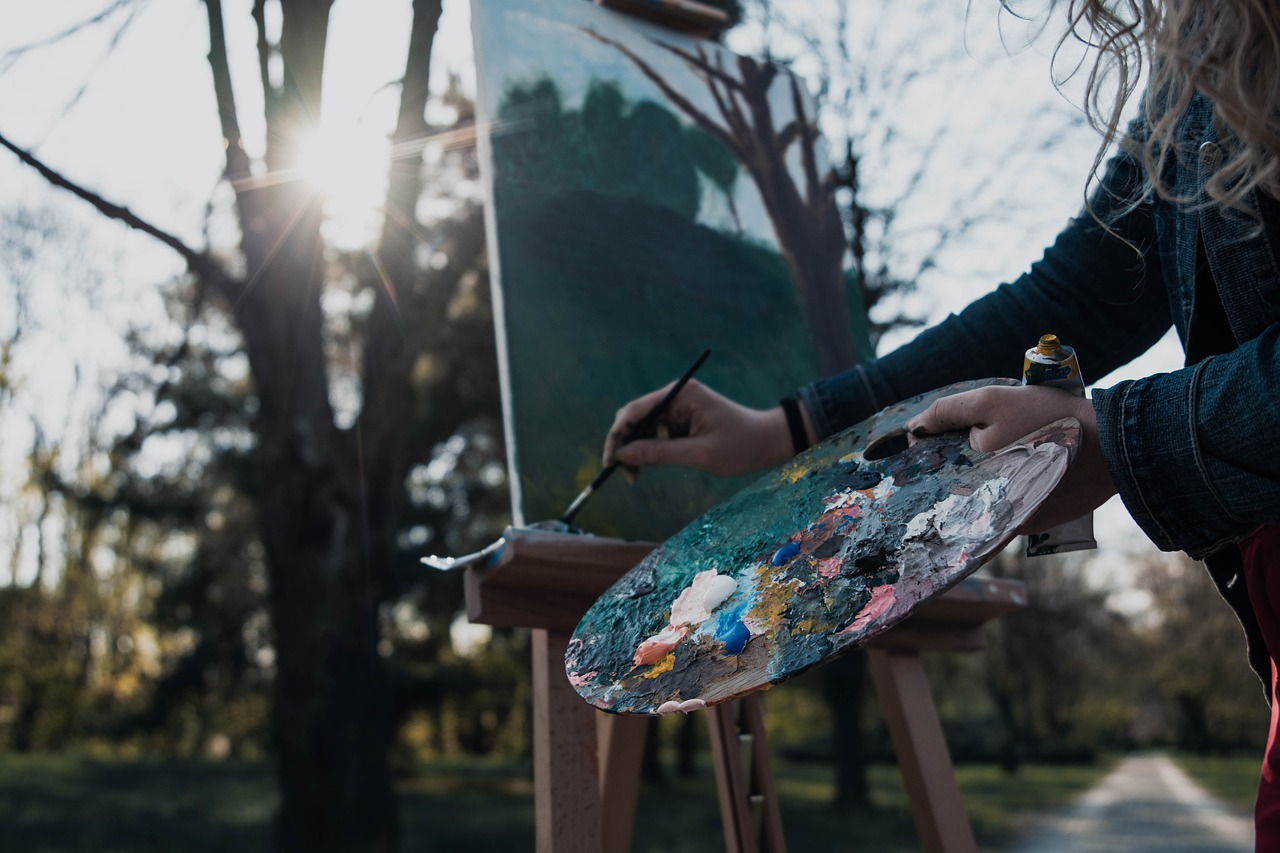
Impact on Technological Advancements
Exploring the intertwined nature of art and science throughout history, highlighting how advancements in one field often inspire innovation in the other, leading to a rich tapestry of interdisciplinary collaboration and creativity.
Examining the pivotal era where art and science flourished together, with figures like Leonardo da Vinci embodying the fusion of artistic expression and scientific inquiry.
Discussing how artistic techniques and principles have influenced the development of technology, from engineering designs to user interfaces, showcasing the interconnectedness of art and science.
Exploring the role of art in visually communicating complex scientific concepts, particularly in the field of medicine, where detailed illustrations have played a crucial role in advancing our understanding of the human body.
Analyzing how artistic creativity has shaped architectural marvels and innovative designs, demonstrating the synergy between artistic vision and scientific precision in creating functional and aesthetically pleasing structures.
Examining how artists have visually interpreted scientific theories and discoveries, bridging the gap between abstract concepts and tangible expressions through creative interpretations.
Highlighting contemporary examples of collaborations between artists and scientists, showcasing how these partnerships lead to groundbreaking projects that push the boundaries of both fields.
Investigating the intersection of art and science in the realm of artificial intelligence, where algorithms are used to generate art, music, and literature, blurring the lines between human creativity and machine intelligence.
Speculating on the future of the relationship between art and science, considering how advancements in technology and interdisciplinary studies will continue to shape innovative practices and creative expressions.
Artistic innovation has long been a driving force behind technological progress. From the intricate designs of ancient civilizations to the sleek interfaces of modern devices, art has continuously influenced the development of technology. Engineers and designers often draw inspiration from artistic principles to create products that not only function efficiently but also appeal to the aesthetic senses of users. This symbiotic relationship between art and technology has led to groundbreaking advancements in various fields, showcasing the power of creative expression in driving innovation.
Stay tuned for answers to common questions about the fascinating relationship between art and science!
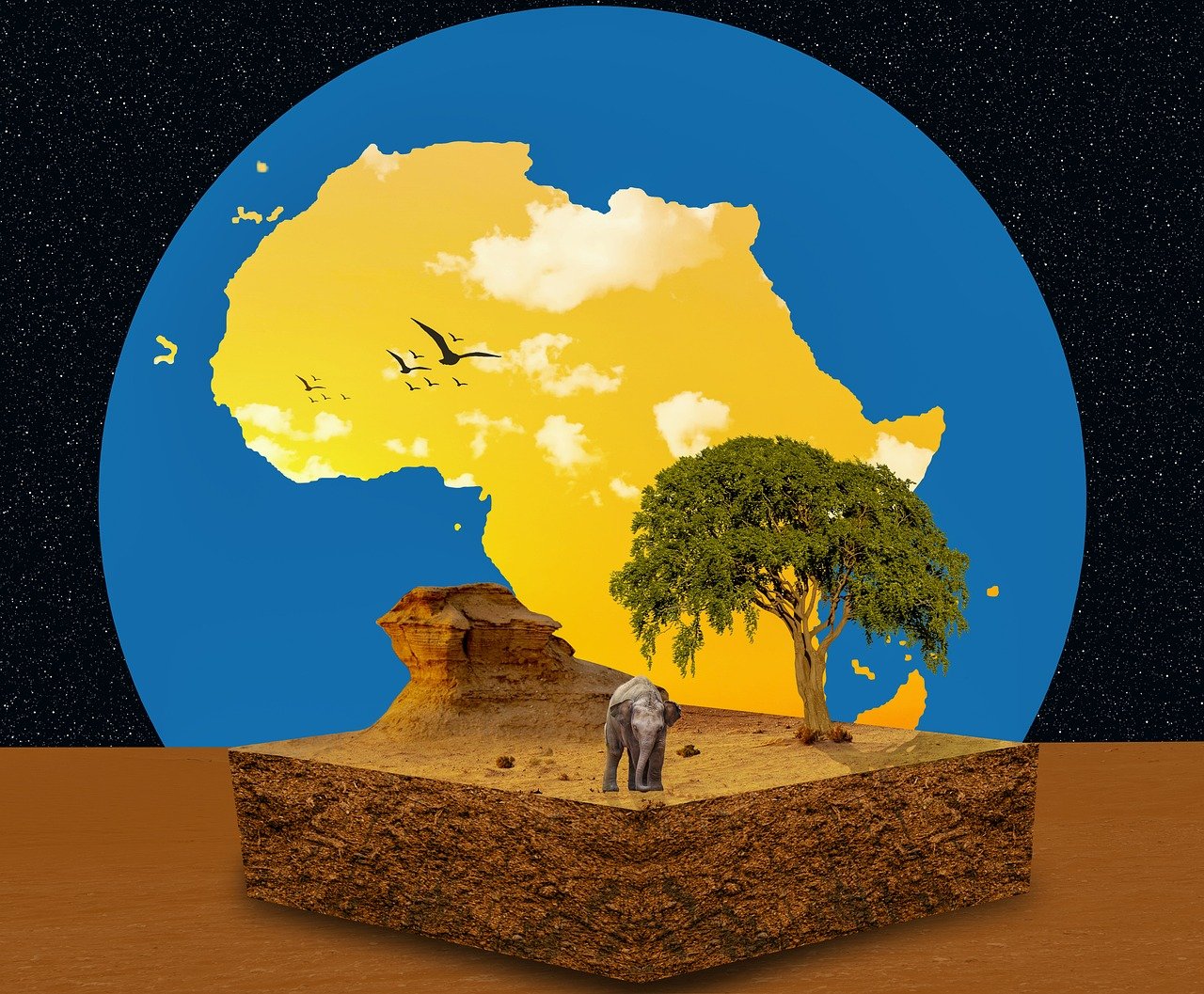
Medical Illustrations and Scientific Discoveries
Medical illustrations have long been essential in the realm of scientific discoveries, serving as visual aids to communicate complex anatomical structures and physiological processes. These detailed drawings and diagrams play a crucial role in advancing our understanding of the human body, allowing researchers and medical professionals to study and analyze intricate details that may not be easily conveyed through written descriptions alone.
Through the art of medical illustration, intricate details of the human anatomy are brought to life, enabling scientists to explore the inner workings of the body with clarity and precision. From the intricate network of blood vessels to the complex structures of organs, these illustrations provide a visual roadmap for researchers to navigate through the complexities of the human body, aiding in the discovery of new medical treatments and surgical techniques.
Moreover, medical illustrations have played a pivotal role in documenting scientific discoveries and breakthroughs throughout history. From the pioneering illustrations of Andreas Vesalius in the 16th century to the modern-day digital renderings of medical imaging technologies, these visual representations have been instrumental in capturing and preserving important findings in the field of medicine.
By combining artistry with scientific accuracy, medical illustrators create visually engaging representations that not only educate but also inspire curiosity and exploration. These illustrations serve as a bridge between the intricate world of science and the broader audience, making complex medical concepts more accessible and comprehensible to a wider audience.
Overall, the marriage of art and science in the form of medical illustrations has significantly contributed to the advancement of scientific knowledge and the dissemination of crucial information in the field of medicine. Through the intricate details and creative interpretations depicted in these illustrations, the wonders of the human body are brought to life, fostering a deeper appreciation for the intersection of art and science in the pursuit of understanding and healing.
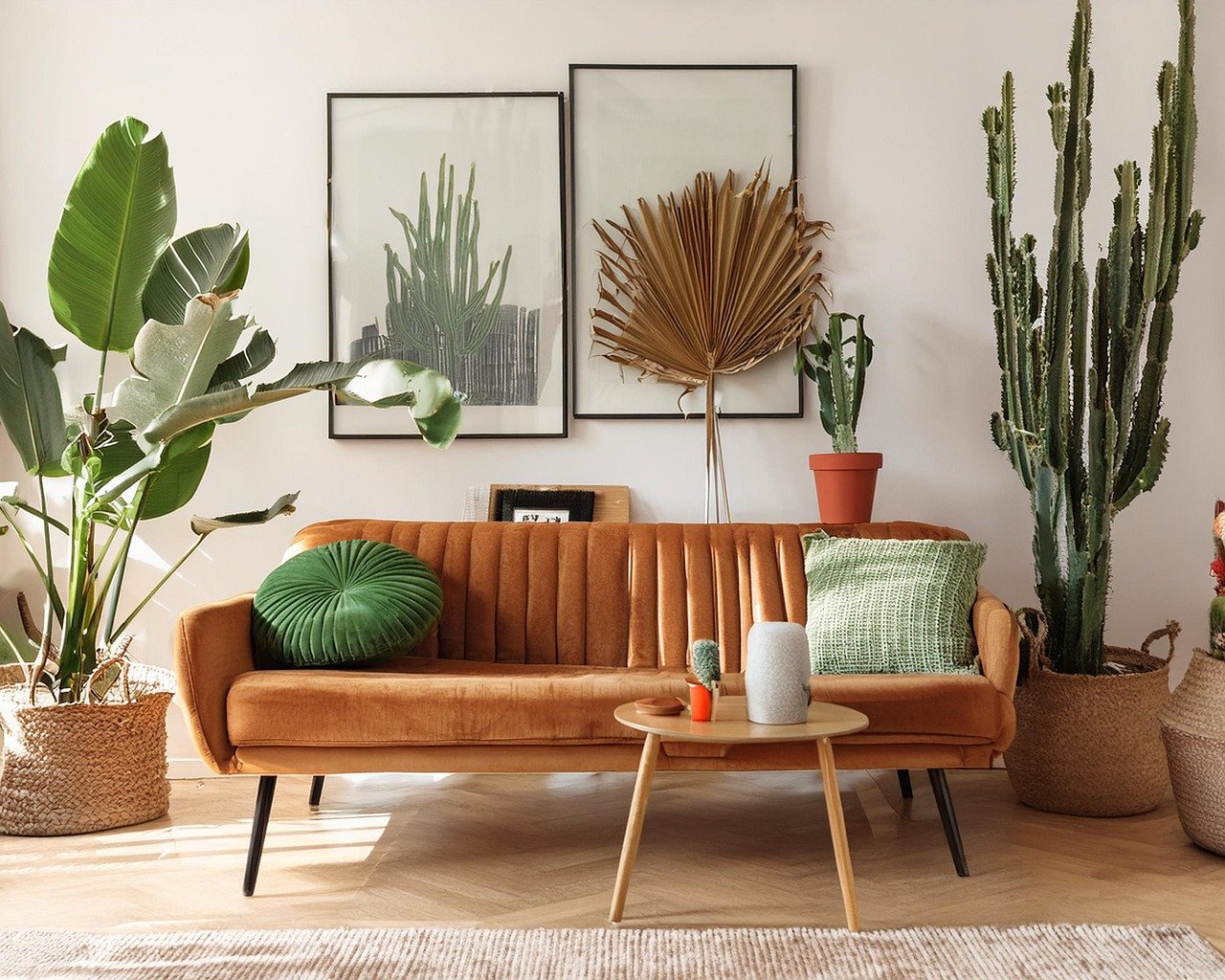
Innovations in Architecture and Design
Innovations in Architecture and Design have long been at the forefront of showcasing the harmonious relationship between art and science. Architects and designers are the modern-day alchemists, blending creativity with technical precision to construct awe-inspiring structures that stand as testaments to human ingenuity. From the towering skyscrapers of urban landscapes to the intricate detailing of historical monuments, the marriage of artistic vision and scientific principles is evident in every brick and beam.
One of the key innovations in architecture is the advent of sustainable design practices. Architects are now integrating eco-friendly materials and energy-efficient technologies into their designs, creating buildings that not only serve a functional purpose but also minimize their environmental impact. The shift towards sustainable architecture highlights the importance of considering both aesthetic appeal and ecological sustainability in modern design.
Furthermore, the use of advanced computer-aided design (CAD) software has revolutionized the way architects conceptualize and realize their projects. With the ability to create intricate 3D models and simulations, architects can now visualize their designs with unprecedented clarity and accuracy, allowing for greater precision in construction and structural integrity. CAD technology has not only streamlined the design process but has also opened up new possibilities for architectural innovation.
Another notable innovation in architecture and design is the rise of parametric design, a computational approach that utilizes algorithms to generate complex and dynamic forms. Parametric design empowers architects to explore unconventional shapes and structures that were previously unattainable through traditional design methods. By harnessing the power of algorithms, architects can push the boundaries of creativity and create truly unique architectural expressions.
The integration of art and science in architecture and design continues to evolve, with new technologies and methodologies constantly reshaping the landscape of the built environment. As architects and designers embrace interdisciplinary collaboration and embrace innovative practices, the future of architecture holds endless possibilities for groundbreaking creations that blur the line between art and science.
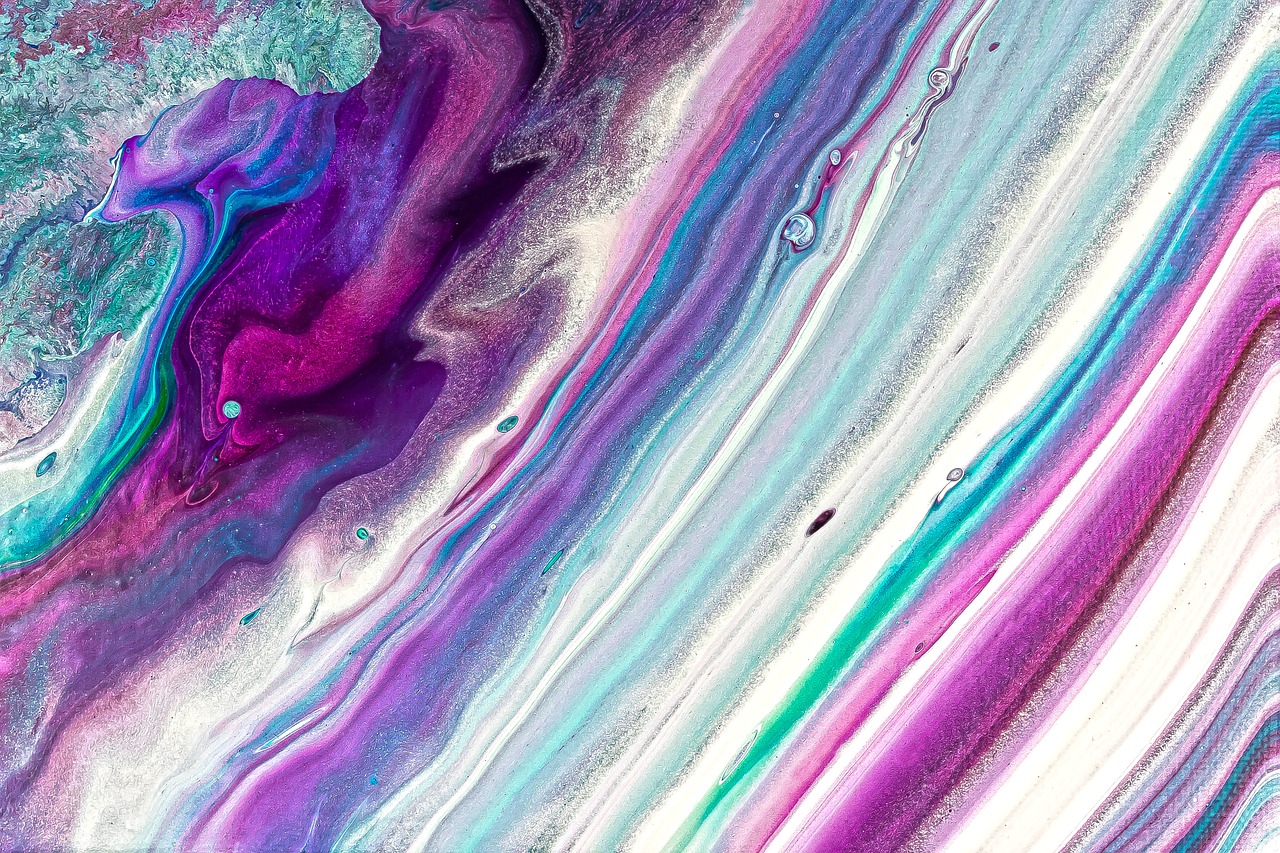
Artistic Representation of Scientific Concepts
Artistic representation of scientific concepts serves as a bridge between the abstract realms of science and the tangible world of art. Artists have long been inspired by scientific theories and discoveries, translating complex concepts into visual forms that are accessible to a wider audience. Through their creative interpretations, artists bring scientific ideas to life, sparking curiosity and wonder in viewers.
One notable example of artistic representation of scientific concepts is the work of Ernst Haeckel, a biologist and artist known for his intricate illustrations of natural forms. Haeckel's detailed drawings of microscopic organisms not only served as scientific documentation but also as exquisite pieces of art, blurring the boundaries between science and aesthetics.
Moreover, artists like Salvador Dali and MC Escher have delved into the realm of mathematics and physics, creating surreal artworks that challenge our perceptions of reality. Their pieces often depict impossible structures and mind-bending geometries, reflecting the intricacies of scientific principles in visually captivating ways.
Artistic representations of scientific concepts also play a crucial role in education and public engagement. By visualizing complex theories such as quantum mechanics or evolutionary biology, artists simplify intricate ideas, making them more digestible and engaging for a broader audience. Through art, scientific concepts become more relatable and approachable, fostering a deeper appreciation for the wonders of the natural world.

Interdisciplinary Collaborations in Modern Times
Interdisciplinary collaborations in modern times have become increasingly prevalent, with artists and scientists joining forces to explore new frontiers of creativity and innovation. These partnerships break traditional boundaries, fostering a dynamic exchange of ideas and expertise that leads to groundbreaking projects.
One notable example of such collaboration is the merging of virtual reality technology with artistic expression to create immersive experiences that blend art, science, and technology seamlessly. Artists work alongside engineers and programmers to push the boundaries of what is possible, resulting in interactive installations that engage audiences in unique ways.
Moreover, the fields of bioart and biodesign have emerged as exciting areas where artists and scientists collaborate to explore the intersections of biology, technology, and creativity. Through the use of living organisms and genetic manipulation, these interdisciplinary projects challenge conventional notions of art and science, opening up new avenues for exploration and discovery.
Collaborations between data scientists and visual artists have also become increasingly common, with data visualization techniques being employed to transform complex datasets into visually striking and informative artworks. By merging analytical skills with artistic sensibilities, these collaborations offer new perspectives on data interpretation and storytelling.
Furthermore, the rise of maker spaces and innovation labs has provided physical spaces where artists, scientists, and technologists can come together to experiment, prototype, and co-create. These collaborative environments foster a culture of cross-disciplinary exchange, encouraging individuals to explore new ideas and approaches outside of their traditional fields.
In conclusion, interdisciplinary collaborations in modern times represent a fusion of art and science that transcends conventional boundaries, leading to innovative projects that challenge our perceptions and inspire new ways of thinking. By embracing the diversity of perspectives and expertise that each discipline brings, these collaborations pave the way for exciting possibilities and transformative outcomes.
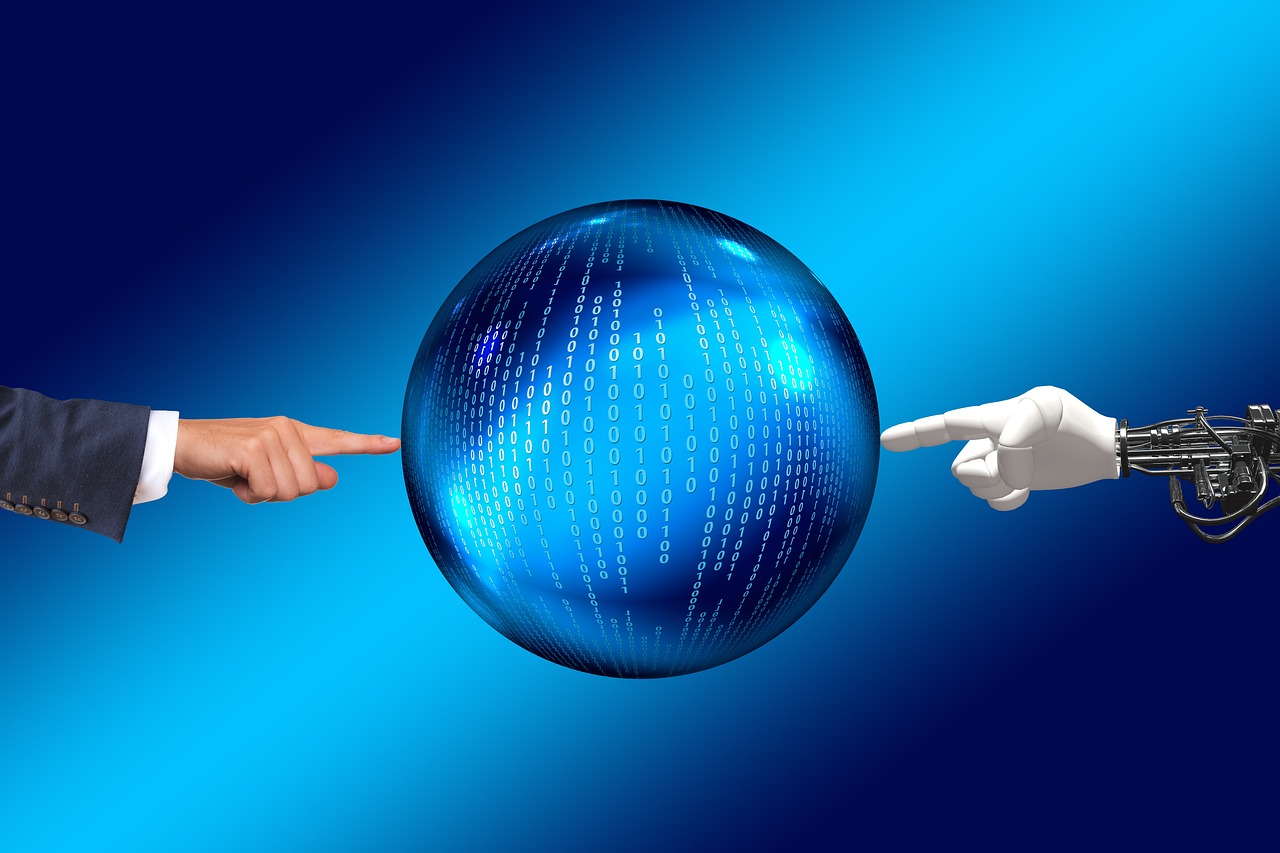
Artificial Intelligence and Creative Expression
Artificial Intelligence (AI) has revolutionized the intersection of art and science, presenting a fascinating realm where creativity meets technology in unprecedented ways. Through the utilization of algorithms and machine learning, AI has been employed to generate art, music, and literature autonomously, blurring the traditional boundaries between human creativity and machine intelligence. This innovative approach has sparked debates on the authenticity and originality of AI-generated creations, raising profound questions about the nature of creativity and the role of technology in artistic expression.
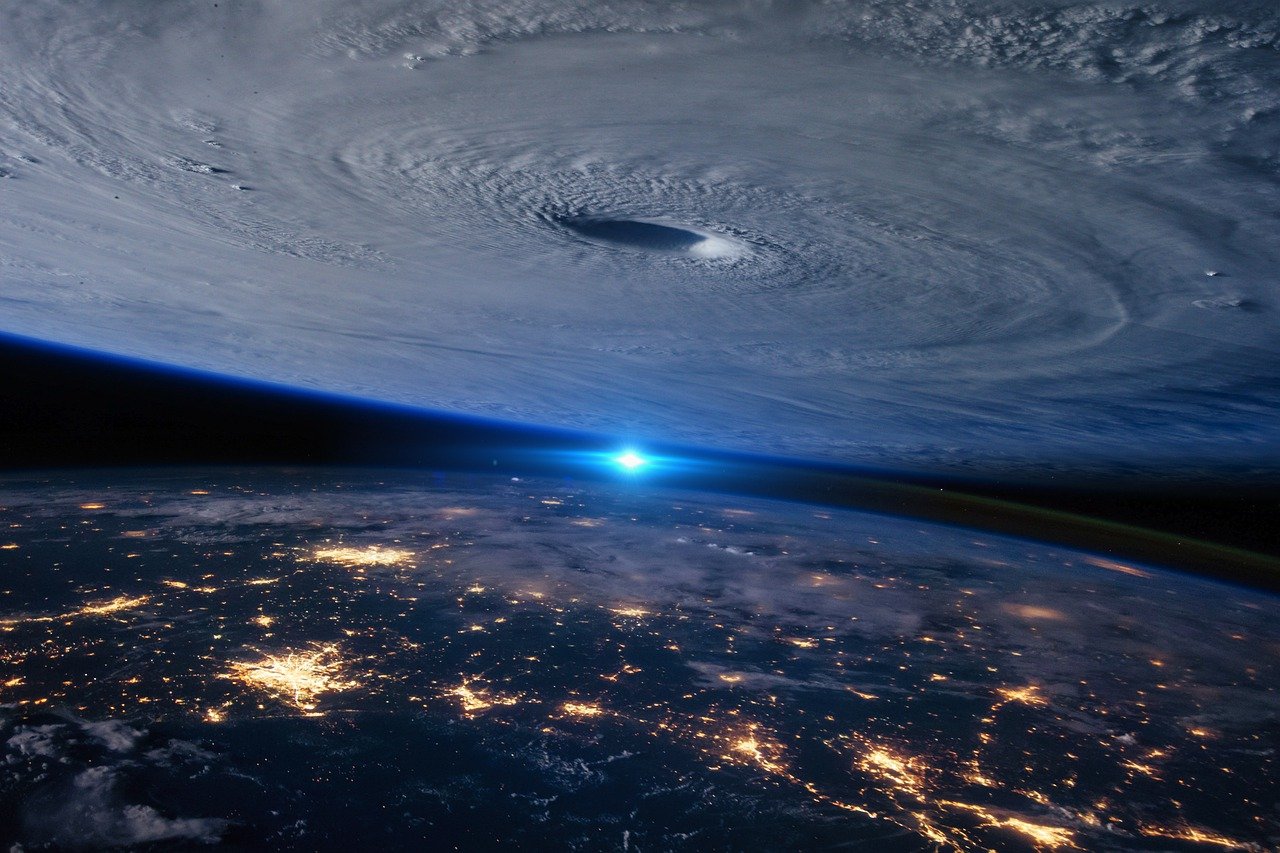
Future Prospects and Emerging Trends
As we look towards the future, the relationship between art and science continues to evolve, opening up new possibilities and avenues for exploration. One of the emerging trends is the integration of virtual reality and augmented reality technologies into artistic creations, allowing for immersive experiences that blend the physical and digital worlds seamlessly. Artists and scientists are collaborating to push the boundaries of these technologies, creating interactive installations and artworks that engage audiences in novel ways.
Furthermore, the rise of bioart, which combines biological materials with artistic expression, is shaping a new frontier where science and art converge. This interdisciplinary field explores themes of genetic engineering, biotechnology, and sustainability, challenging traditional notions of creativity and pushing the boundaries of what art can be. Artists are working alongside scientists to create living sculptures, bioengineered organisms, and interactive installations that provoke thought and reflection on the relationship between humans and nature.
Another exciting prospect on the horizon is the exploration of artificial intelligence as a tool for artistic creation. Machine learning algorithms are being used to generate music, visual art, and literature, blurring the lines between human creativity and computational intelligence. Artists are experimenting with AI-driven tools to expand their creative capabilities and explore new forms of expression, leading to a redefinition of the creative process and the role of the artist in a technologically driven world.
Frequently Asked Questions
- What is the relationship between art and science?
The relationship between art and science is a dynamic and interconnected one, where advancements in one field often inspire innovation in the other. Artists and scientists have collaborated throughout history, leading to groundbreaking discoveries and creative expressions that push the boundaries of both disciplines.
- How did the Renaissance period influence the fusion of art and science?
The Renaissance period was a pivotal era where art and science flourished together, with figures like Leonardo da Vinci embodying the fusion of artistic expression and scientific inquiry. This period laid the foundation for interdisciplinary collaboration and creativity, shaping the way we perceive the intersection of art and science today.
- What role do artistic representations play in communicating scientific concepts?
Artistic representations play a crucial role in visually communicating complex scientific concepts, particularly in fields like medicine. Detailed illustrations and visualizations help in conveying intricate details and enhancing our understanding of scientific phenomena, bridging the gap between abstract theories and tangible expressions.
- How are artificial intelligence and creative expression intertwined?
The intersection of art and science in the realm of artificial intelligence has led to the use of algorithms to generate art, music, and literature. This fusion blurs the lines between human creativity and machine intelligence, opening up new possibilities for innovative expressions and creative processes.
- What are some examples of interdisciplinary collaborations between artists and scientists in modern times?
In modern times, collaborations between artists and scientists have led to groundbreaking projects that push the boundaries of both fields. From interactive installations to bio-inspired designs, these partnerships showcase the power of interdisciplinary approaches in fostering innovation and creativity.

